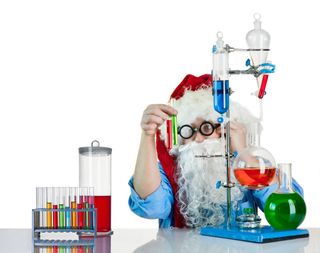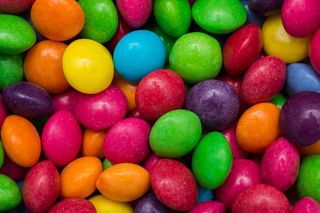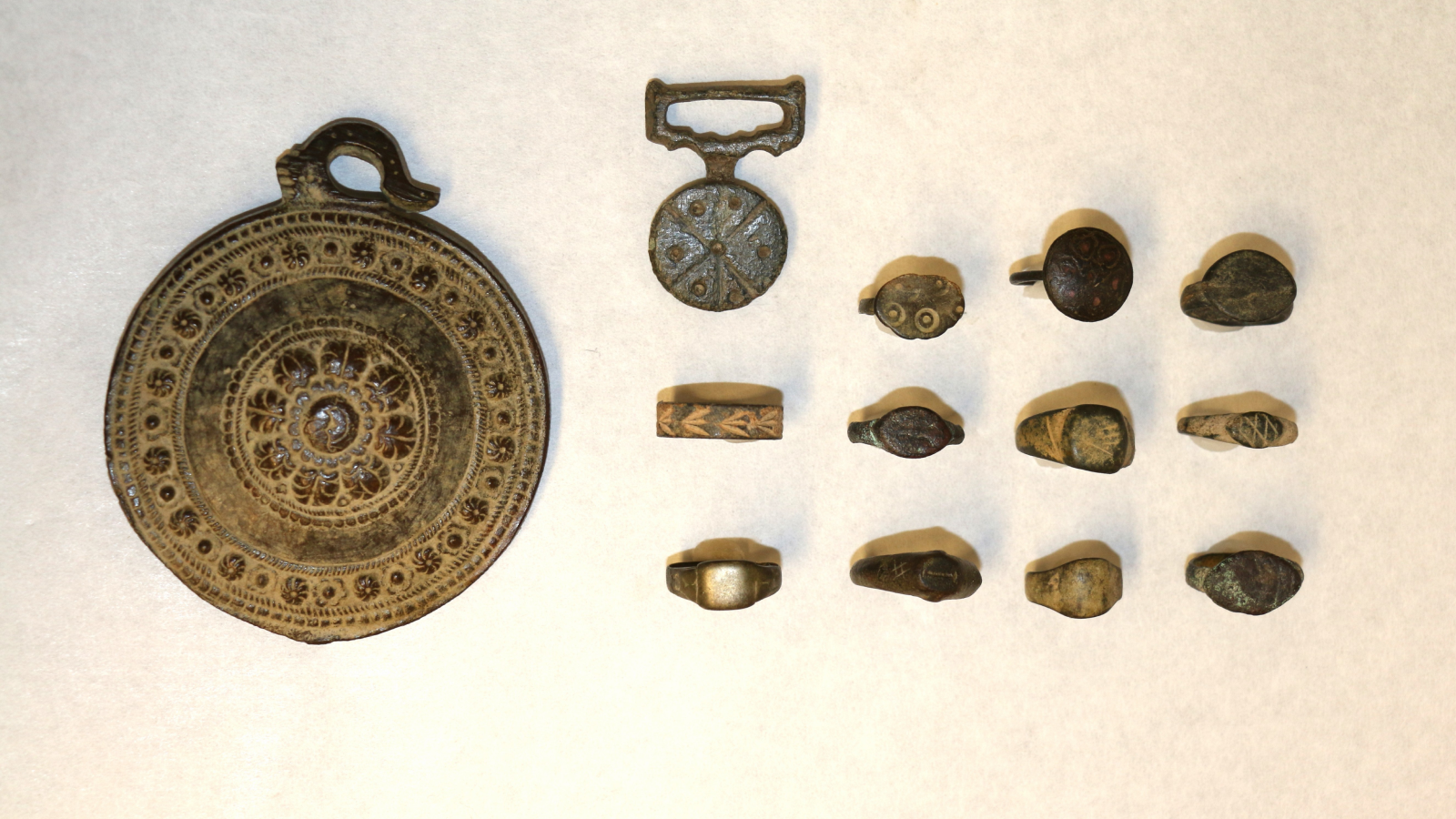Mary Bagley
Latest articles by Mary Bagley
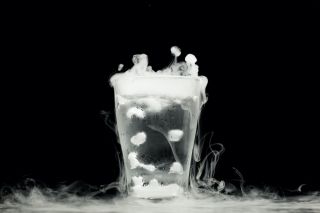
States of matter: Definition and phases of change
By Mary Bagley last updated
Reference The four fundamental states of matter are solid, liquid, gas and plasma, but there others, such as Bose-Einstein condensates and time crystals, that are man-made.
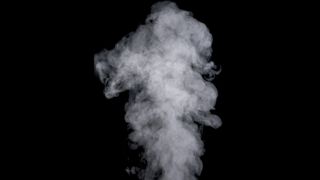
Properties of Matter: Gases
By Mary Bagley published
Reference Gases are a state of matter with no fixed shape or volume. They have a lower density than solids and liquids.

Marie Curie: Facts and biography
By Mary Bagley, Jessica Leggett published
Reference Marie Curie was a physicist and chemist and a pioneer in the study of radiation.
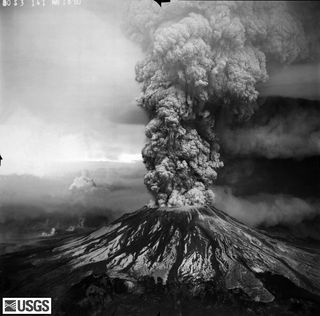
Mount St. Helens Eruption: Facts & Information
By Mary Bagley published
Picturesque Mount St. Helens erupted on May 18, 1980 and remains the most destructive example of volcanic activity in the United States.
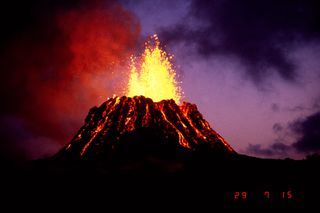
Kilauea Volcano: Facts About the 30-Year Eruption
By Mary Bagley published
On the Big Island of Hawaii, one of the world's most active volcanoes has been spewing lava since 1983.
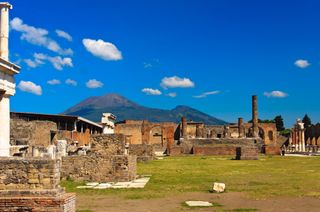
Mount Vesuvius & Pompeii: Facts & History
By Mary Bagley published
The only active volcano on mainland Europe is famous for destroying the cities of Pompeii and Herculaneum.
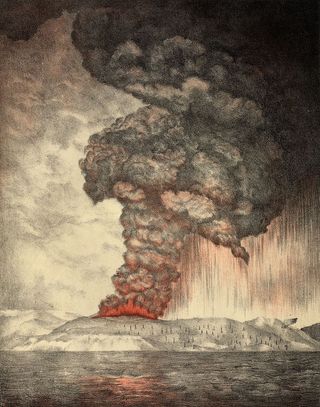
Krakatoa Volcano: Facts About 1883 Eruption
By Mary Bagley published
The eruption of the Krakatoa volcano in 1883 was one of the most deadly in modern history.
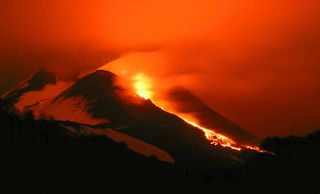
Mount Etna: Facts About Volcano's Eruptions
By Mary Bagley published
Mount Etna is Italy's largest active volcano. It is also the volcano with the longest record of continuous eruption.
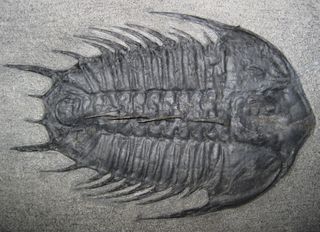
Cambrian Period: Facts & Information
By Mary Bagley published
A dramatic burst of evolutionary change, called the Cambrian Explosion, occurred during this period.

Precambrian: Facts About the Beginning of Time
By Mary Bagley published
The Precambrian was the first super eon of Earth’s history, lasting from about 4.6 billion to 542 million years ago.
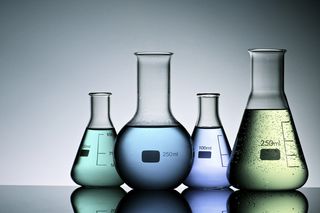
Properties of Matter: Liquids
By Mary Bagley published
Liquid is a state of matter between solid and gas. Molecule are farther apart from one another, giving them space to flow and take on the shape of their container.
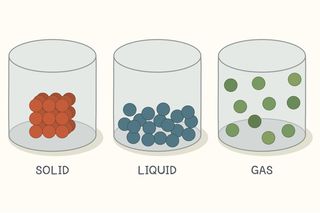
Properties of Matter: Solids
By Mary Bagley published
Solid is a state of matter in which the molecules are packed closely together and usually arranged in a regular pattern. A solid object has a fixed shape and volume.
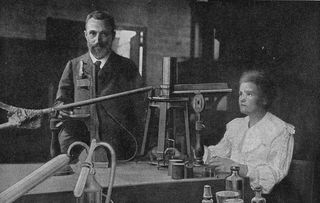
History of Chemistry | Famous Chemists
By Mary Bagley published
In many ways, the history of civilization is the history of chemistry. Humans have always sought to identify, use and change the materials in our environment.

Easter Egg Science Experiments | Science Projects for Kids
By Mary Bagley published
Did you know that Easter eggs are wonderful materials for fun science projects? Try some of these eggs-periments and find out how interesting your eggs can be!
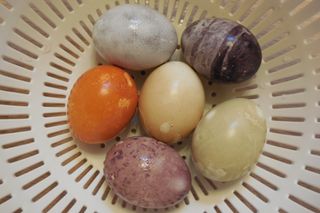
Coloring Easter Eggs with Natural Dyes | Fun Science Experiments
By Mary Bagley published
Brightly colored materials in your kitchen can be used to make natural dyes for Easter eggs.
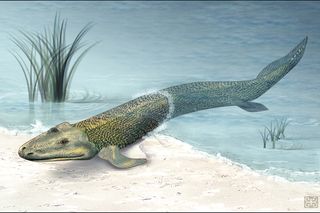
Devonian Period: Climate, Animals & Plants
By Mary Bagley published
The Devonian Period occurred from 419.2 million to 358.9 million years ago. It is often known as the “Age of Fishes."
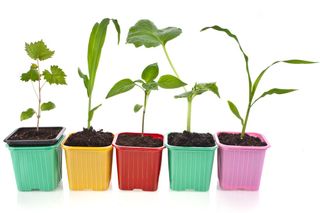
Simple Plant Science Experiments for Kids
By Mary Bagley published
These simple plant science experiments will sharpen your little ones’ interest in seeds and plants.
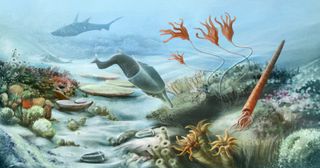
Silurian Period Facts: Climate, Animals & Plants
By Mary Bagley published
The Silurian Period occurred from 443 million to 416 million years ago. It was a time of great environmental changes on Earth and saw the first evidence of life on land.
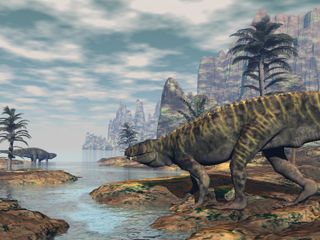
Triassic Period Facts: Climate, Animals & Plants
By Mary Bagley published
The Triassic Period occurred between 251 million and 199 million years ago. It was a time when life outside of the oceans began to diversify.
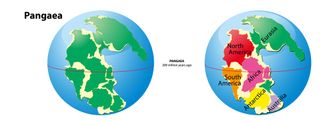
Permian Period: Climate, Animals & Plants
By Mary Bagley published
The Permian Period lasted from 298.9 million to 251.9 million years ago. Two groups of animals that dominated the period would later branch into mammals and reptiles.
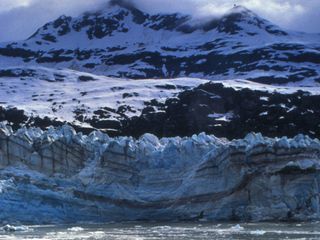
Quaternary Period: Climate, Animals & Other Facts
By Mary Bagley published
The Quaternary Period is a geologic time period that encompasses the most recent 2.6 million years — including the present day.
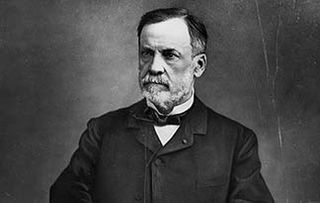
Louis Pasteur: Biography & Quotes
By Mary Bagley published
Louis Pasteur was a French chemist who proved that germs cause disease, developed vaccines for anthrax and rabies and created the process of pasteurization.
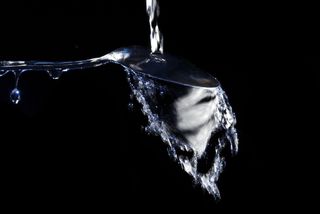
Fluids in Motion | Fun Science Experiments
By Mary Bagley published
Here are some fun ways to demonstrate principles of fluid dynamics.
Get the world’s most fascinating discoveries delivered straight to your inbox.
